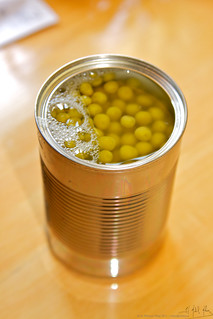Contents
Fast Green
Fast Green is an artificial food dye with a bright sea green colour. It is also known by the names Food green 3, FD&C Green No. 3, Green 1724, Solid Green FCF, and C.I. 42053.
Fast Green has an E number of 143.
Purpose:
As mentioned, Fast Green is a bright sea green or teal food dye. However, the shade of green varies with the acidity (or pH) of the food being coloured. It is one of the least used artificial food dyes.
Description:

Fast Green is a triarylmethane dye. This means it has the triangular organic triphenyl methane molecule (see animation above) as a base. There are various methods of producing Fast Green, but most use benzene and other petroleum related chemicals.
It actually looks like a dark red or purple powder. When it dissolves, the colour changes depending on the acidity (pH) of the solution. The colour can range from green to blue-violet.
Common Uses:
It has been approved for use in Canada1, the United States2, and Australia4. It is not approved in Europe5. It is sometimes used for:
- Canned green peas and other vegetables,
- Jellies,
- Sauces,
- Desserts, and
- Dry bakery mixes
Fast green is the least used of all artificial food dyes. It is more common for foods to be coloured green by using a combination of tartrazine and a blue dye such as brilliant blue. Another possibility is the used of a green dye such as Green S.
Health Issues / Side Effects:
Fast green is not absorbed by the intestines very well. This means most of what is eaten is excreted.
However, there have been studies that show it might produced tumors in lab animals. In its undiluted form, it may pose a risk of irritation of eyes, skin, digestive tract, and respiratory tract.
Notes:
Like a lot of other food dyes, fast green can also be found in cosmetics.
It is also used in biology to stain cells so that they show up better under the microscope.
Sources:
- Canadian List of Permitted Food Additives
- FDA Food Additives Status List
- Current EU Approved Food Additives
- Australia New Zealand Food Standards Code


Leave a Reply